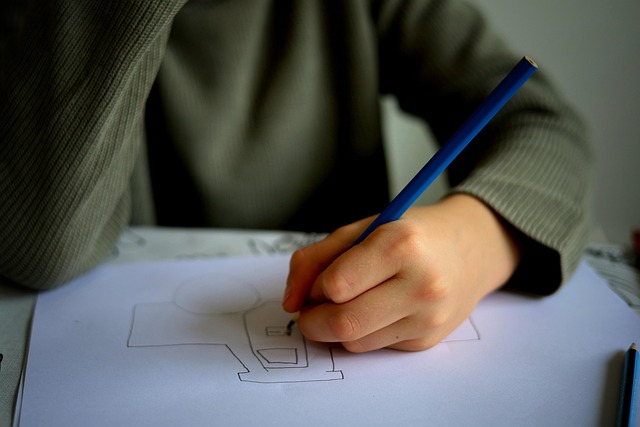When we think of the term drawing,” it often conjures images of simple sketches or rough outlines on a blank page. However, drawing is much more than just the act of putting pencil to paper; it is a profound means of expression that sits at the crossroads of fine arts and culture. Through the delicate strokes of a pencil or the bold lines of ink, artists communicate emotions, experiences, and ideas that reflect their societal backdrop.
In the realm of fine arts, drawing serves as a foundational element that influences various forms of artistic expression. It has a unique ability to convey complex thoughts and emotions in a way that is both immediate and intimate. Artists often start with drawing as a means to explore their creative potential before branching out into painting, sculpture, or digital art. The beauty of drawing lies in its rawness; it allows for experimentation and spontaneity, traits that are essential when exploring the depths of cultural narratives.
Culture, in its many forms, feeds into the content and style of drawings produced by artists. Each line, shade, or texture can reflect the artist’s background and environment. For instance, indigenous artists might incorporate traditional motifs and symbols into their drawing styles, preserving their heritage while engaging with contemporary issues. Similarly, urban artists may blend graffiti with fine art techniques, transforming the streets into dynamic canvases that comment on societal themes. This intermingling of culture and fine arts through drawing connects viewers to a broader narrative of shared experiences and societal evolution.
Moreover, drawing has the power to bridge cultural divides. With just a few strokes, an artist can recount stories that resonate universally—love, loss, joy, and struggle. This connection can transcend geographical boundaries and cultural differences, inviting viewers from diverse backgrounds to engage with the artwork on a personal level. For example, an expressive portrait can evoke empathy regardless of one’s cultural context, making drawing a vital tool for fostering understanding and dialogue.
In educational settings, the practice of drawing can enhance cultural awareness among students. By analyzing drawings from different cultures, individuals can gain insights into varying perspectives and traditions. Whether through historical illustrations or modern interpretations, drawing encourages exploration and appreciation for the nuances of different societies. Workshops and art classes that focus on drawing techniques rooted in various cultural traditions can further enhance participants’ understanding and deepen their artistic practices.
Ultimately, drawing stands as a testament to the interplay between fine arts and culture. It is an intimate expression of identity that allows artists and viewers alike to engage with and reflect upon the world around them. As we continue to explore the capabilities of drawing within the fine arts realm, we uncover new narratives and connections that enrich our understanding of both individual and collective human experiences.




